The Amazon is a notoriously difficult part of the world to write about – and I’ve tried. Travelling the river’s slow length, it can be hard to make sense of any changes beneath the forest canopy or to link its disparate communities.
The Brazilian writer Eliane Brum succeeds triumphantly. Acclaimed for her previous ‘despatches from Brazil’, appealingly titled The Collector of Leftover Souls, she moved from São Paulo, one of the largest cities of the Americas, to the isolated Xingu tributary to embed herself completely. Or, as she might put it, to lose herself.
As a journalist, she is used to asking people their age. She finds that tribal people only give their real age if they have started to ‘deforest themselves’. Those who still have their ‘true spirit’ will just make up a number to be helpful, and vary it each time she asks, but have no proper concept of years passing.
A historical sense of time has always been elusive here. Only recently have archaeologists realised how extensive – and advanced – the civilisations that predated the arrival of Europeans were, since their substantial wooden buildings melted back into the jungle, unlike the Inca stone cities in the Andes. The book suggests that, as a result, indigenous people are better equipped to deal with climate catastrophe, since they have already experienced European invasion and virtual annihilation by disease – a disaster so monumental it will never be forgotten.
We like to think of the Amazon as the original virgin forest, but much of it has been sculpted over millennia, as evidenced by the phenomenon of small areas of Terra Preta, the ‘black earth’ enriched by past civilisations so that crops could grow on the surprisingly thin topsoil. Part of the tragedy of illegal foresters clearing the jungle to plant soya is that after only a few years the land becomes infertile. Meanwhile, the river has become badly contaminated by mercury runoff from illegal goldmining operations.
Brum gives a rich sense of what it is like to be in deepest Amazonia, with mosquitoes and vegetation so dense you have to rappel from one spot to another – not to mention her scrambles up trees because hundreds of peccaries ‘are traversing the forest, their hooves sounding like the end of the world’.
Her title combines the idea of a banzeiro – where rapids and turbulence turn the river into a fearsome vortex – and òkòtó, the word for a shell which spirals outwards into infinity. This is a book that is not afraid to be metaphysical. Brum sets out to ‘reforest’ herself, while building relationships with people who carry the scars of long resistance to illegal loggers and intruders.
She uses the jungle as a prism through which to view the wider country. Outsiders often think of Brazil as a rainbow nation, content with its multicultural composition. Brum argues that it is structurally racist, and historically dependent on the slave trade, which is still deeply problematic – far more slaves arrived in Brazil than ever did in the United States, although much less is heard about them. She also addresses the horrific statistic that the greatest number of environmental defenders in the world are killed in Brazil, as evidenced by the recent murder of the Guardian’s Dom Phillips and his Brazilian colleague Bruno Pereira.
Diane Whitty’s translation from Portuguese can be clunky – ‘this topic demands a much longer conversation’ – but the book’s message shines through, much in the way that sunlight manages to penetrate the dense Amazonian canopy. While Brum’s passion in defence of the jungle is understandable, there are times when less rhetoric and more straight reportage might have served her purpose better. But overall this is a fascinating and immersive account of one woman’s journey. Written while Bolsonaro was still in power, one can only hope that with a new regime in place, some of his destructive policies can be reversed. As she says: ‘Humans per se are not a threat to the forest; rather, some humans are. Others interact with it, transform it and even plant it.’
Not since Claude Levi-Strauss’s Tristes Tropiques has a book so directly addressed the peculiar challenges the Amazon poses to how we should think about the world and those other people who live in it.
Got something to add? Join the discussion and comment below.
Get 10 issues for just $10
Subscribe to The Spectator Australia today for the next 10 magazine issues, plus full online access, for just $10.
You might disagree with half of it, but you’ll enjoy reading all of it. Try your first month for free, then just $2 a week for the remainder of your first year.

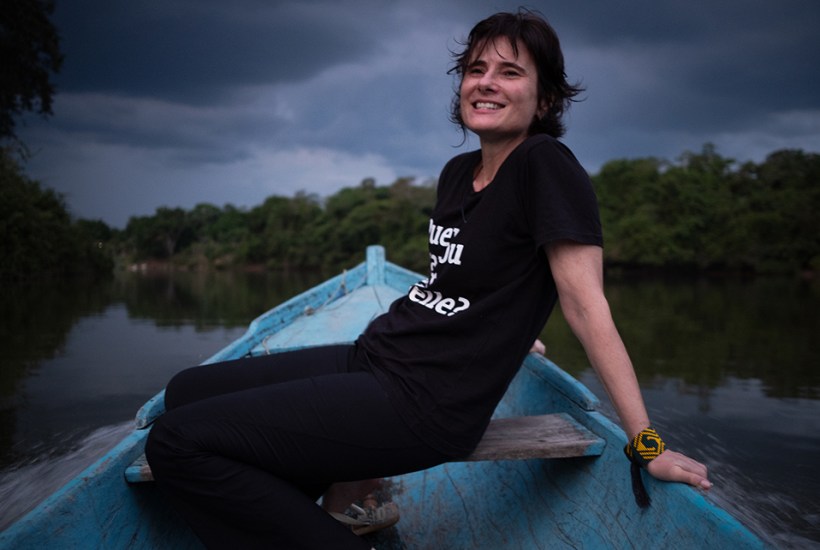
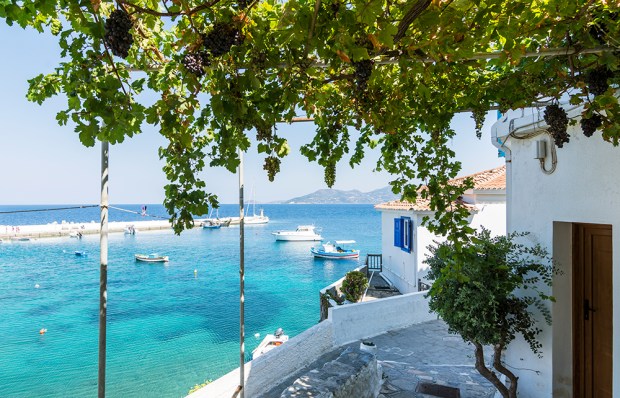
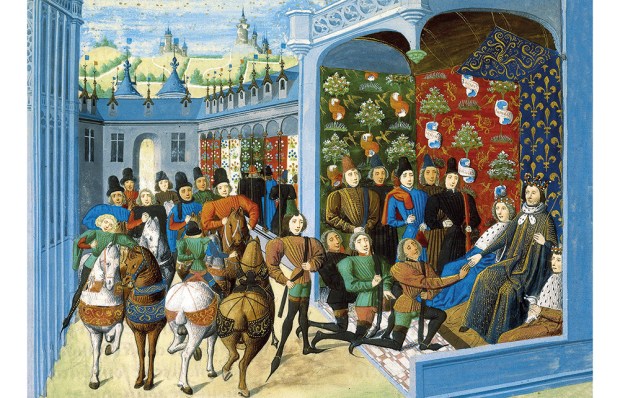

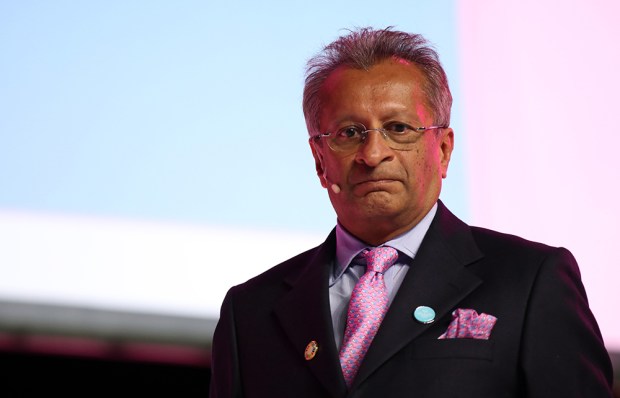
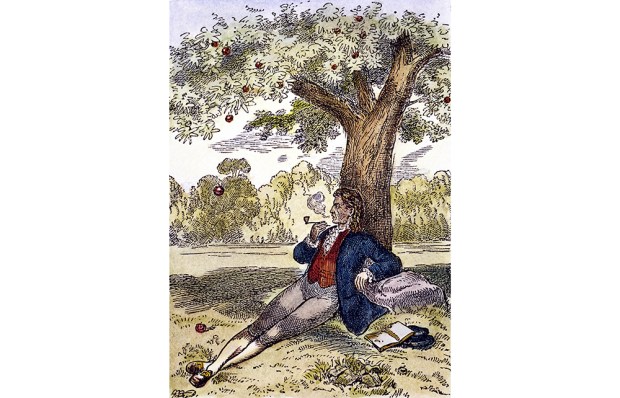







Comments
Don't miss out
Join the conversation with other Spectator Australia readers. Subscribe to leave a comment.
SUBSCRIBEAlready a subscriber? Log in